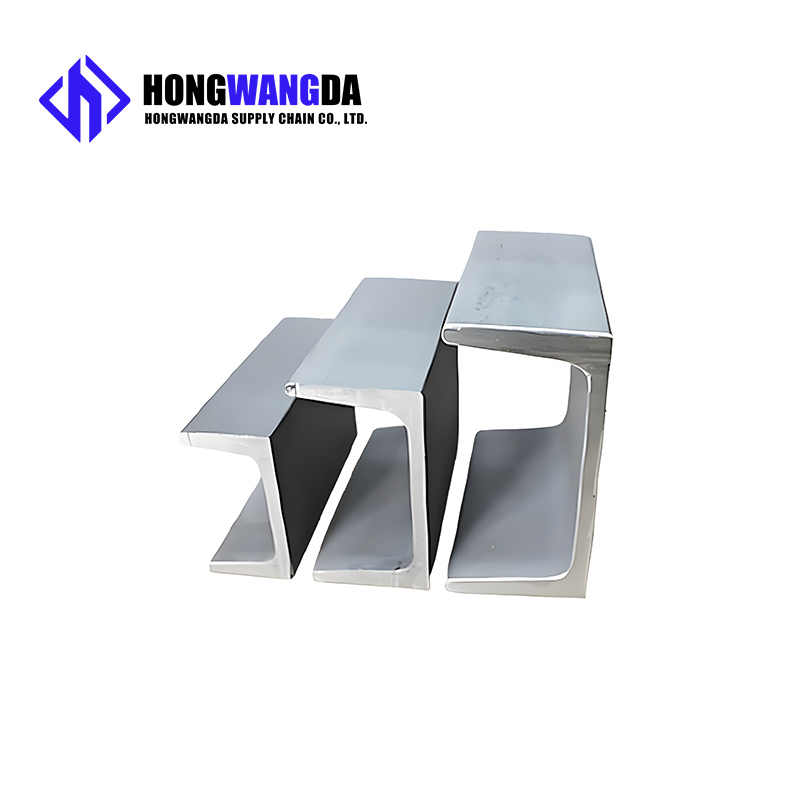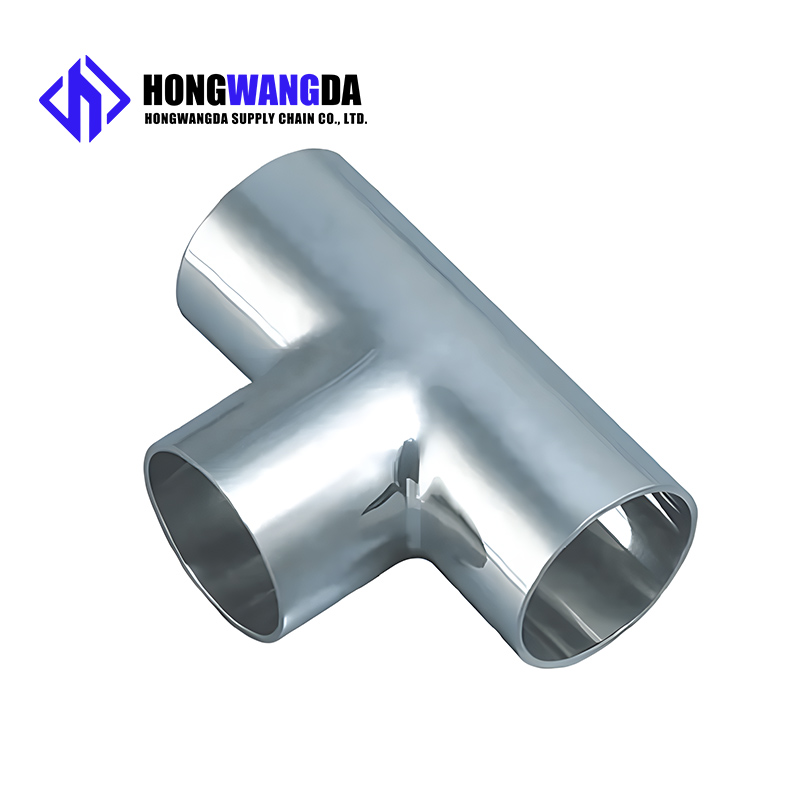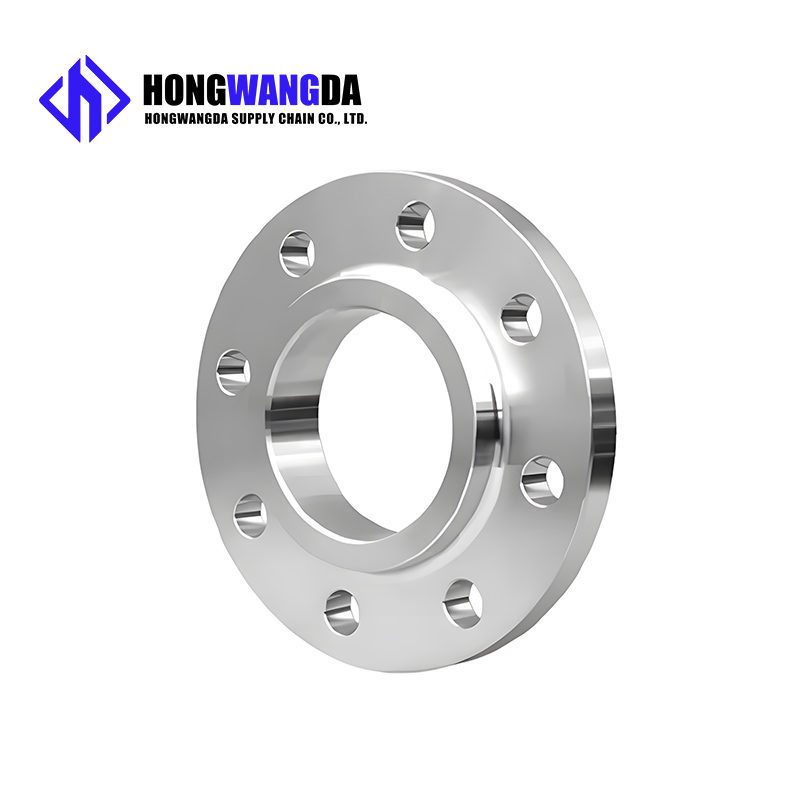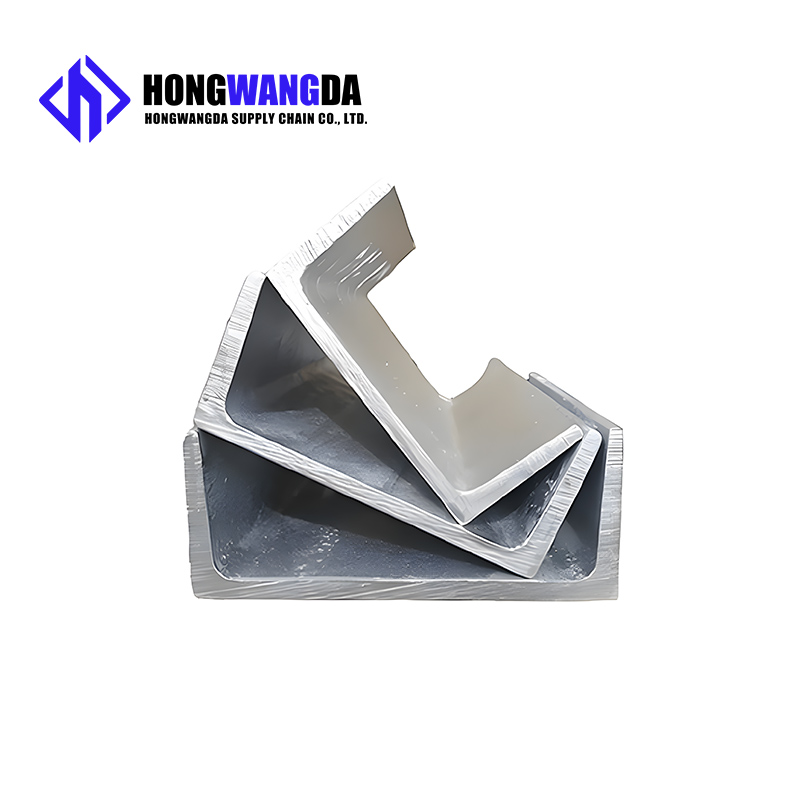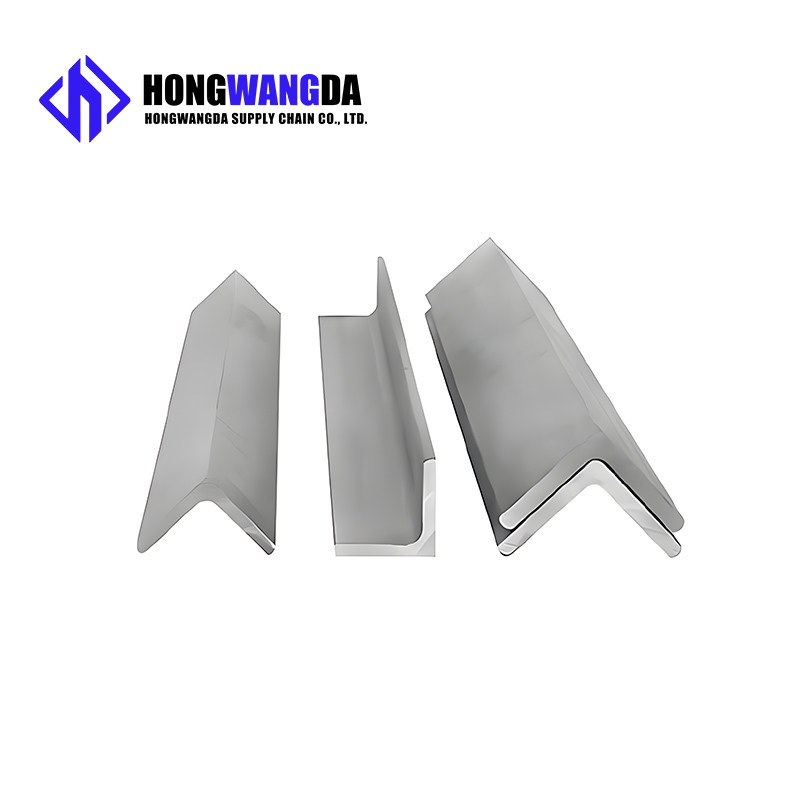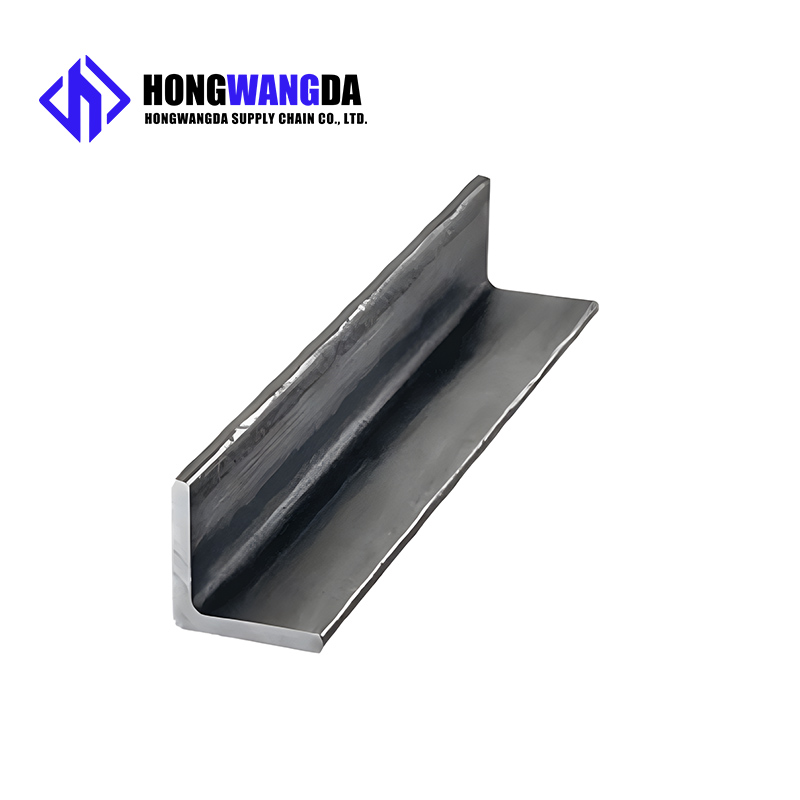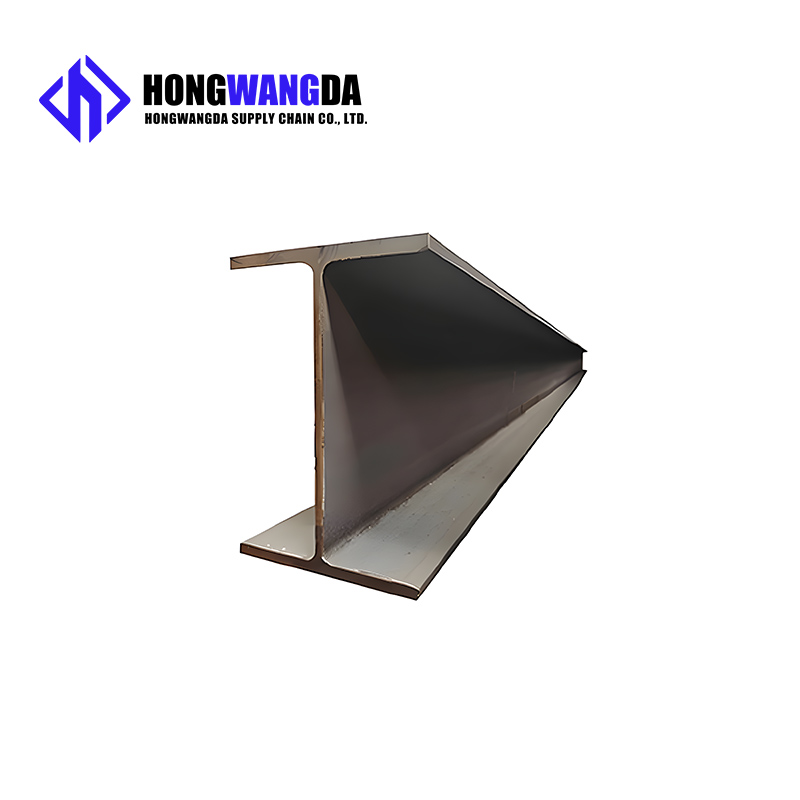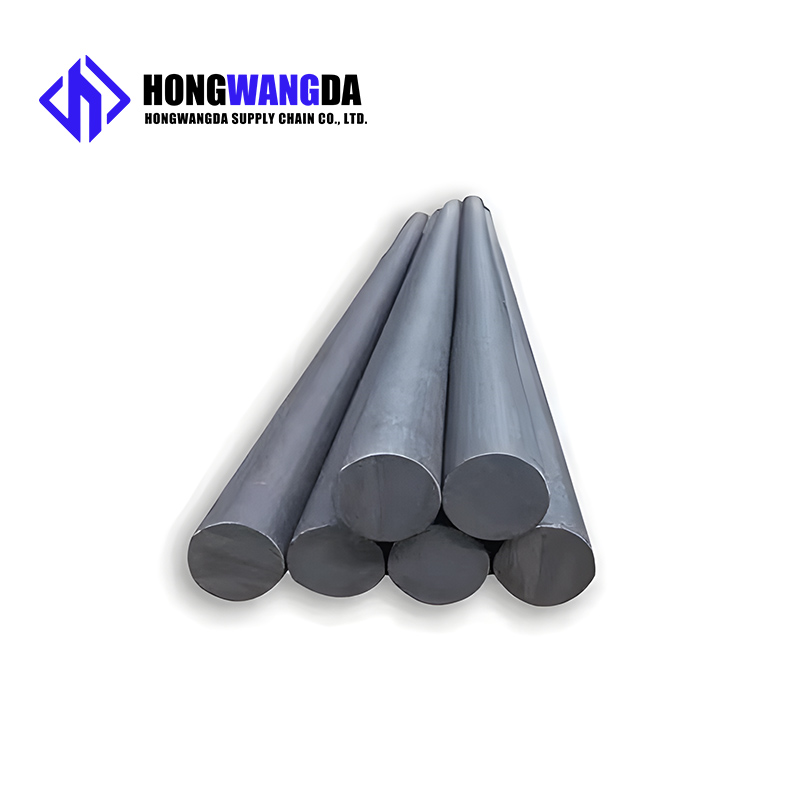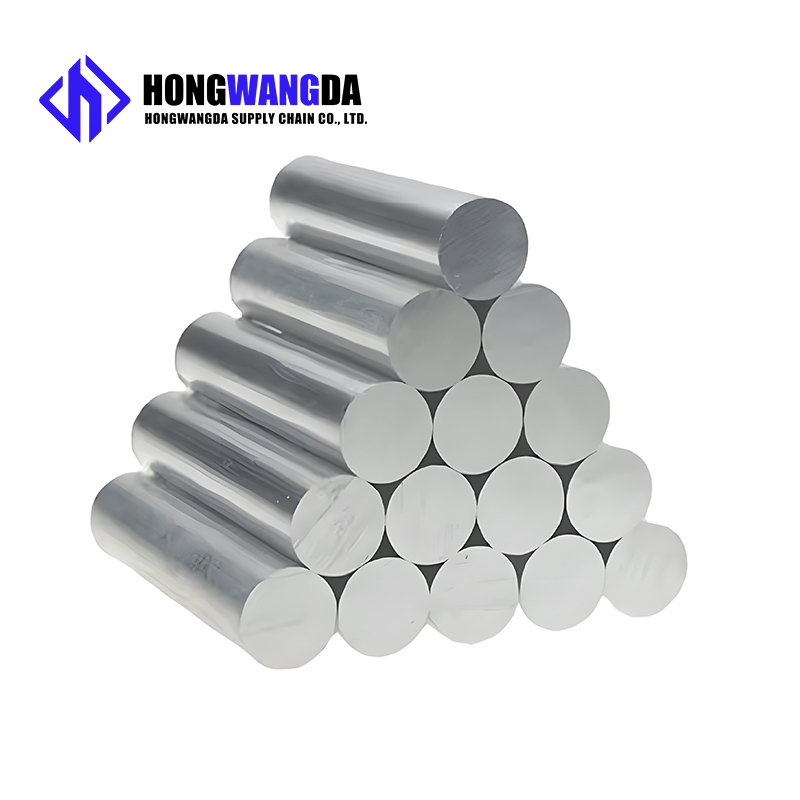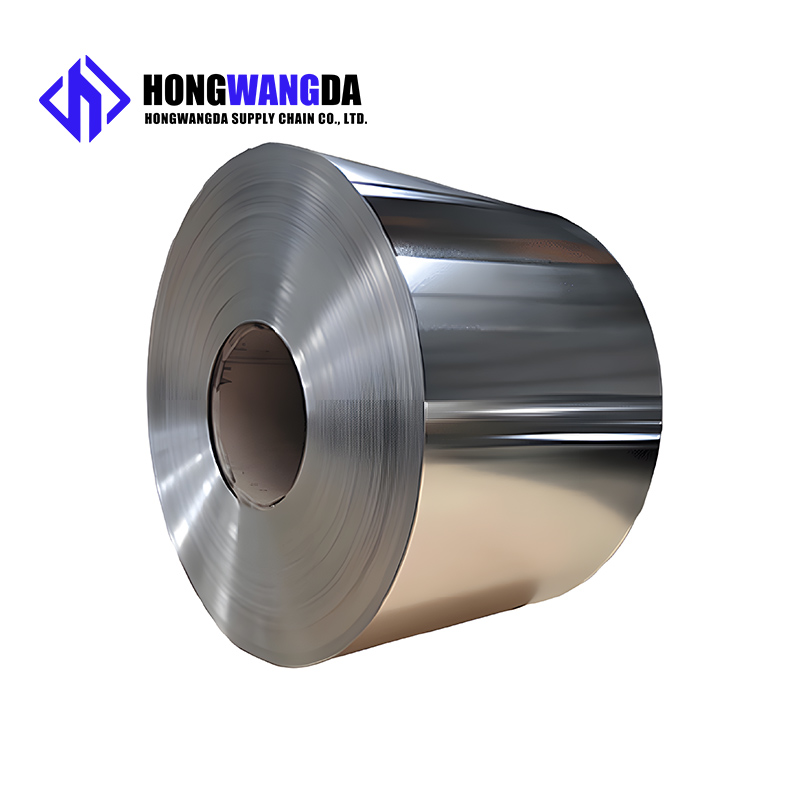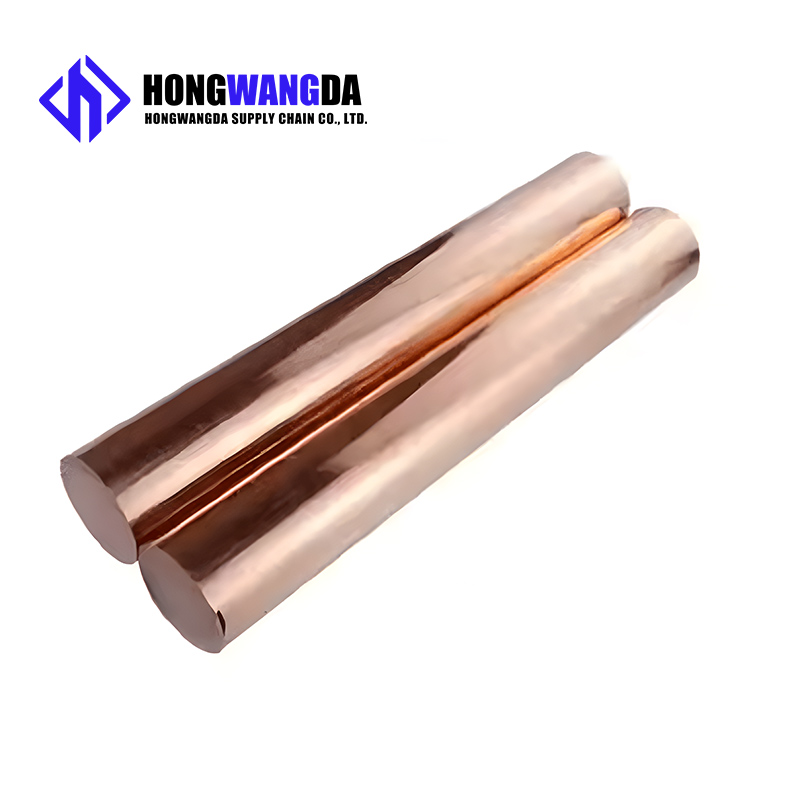Cost-Effective: Excellent value, low maintenance costs
Easy Installation: Precise dimensions, reliable connections
Multiple Specifications: Meets various operational requirements
High-Temperature Resistance: Suitable for high-temperature, high-pressure environments
Wide Compatibility: Handles various media transportation
◉ PRODUCT SPECIFICATION
Elbow Types & Angles
Material Grades
Q235: Ordinary carbon structural steel
20#: High-quality carbon structural steel
A106 Gr.B: Carbon steel for high-temperature service
A234 WPB: Carbon steel for piping applications
Q345: High-strength low-alloy steel
A105: Carbon steel forgings
Pressure Ratings & Standards
Technical Parameters
Dimensional Tolerances
Outside Diameter Tolerance: ±1.0% (Precision grade), ±1.5% (Standard grade)
Wall Thickness Tolerance: ±10% (Precision grade), ±12.5% (Standard grade)
Angle Tolerance: ±0.5° (Precision machining), ±1.0° (Standard machining)
Roundness Tolerance: ≤1.5%D (D = Nominal Diameter)
Connection Methods
Butt Weld Connection: High-strength joint, excellent sealing
Socket Weld Connection: Easy installation, suitable for small diameters
Threaded Connection: Low-pressure systems, easy disassembly
Flanged Connection: Large-diameter piping, convenient maintenance
Manufacturing Processes
Production Methods
Hot Push Forming: Cost-effective for mass production
Cold Push Forming: Small diameters, superior surface quality
Hot Press Forming: Large diameters, uniform wall thickness
Welded Construction: Extra-large sizes, custom production
Forged Manufacturing: Applications requiring high strength
Quality Control
Raw Material Inspection: Chemical composition analysis
Dimensional Inspection: CMM precision measurement
Pressure Testing: 1.5 times working pressure test
Visual Inspection: Surface defect detection
NDT Testing: Ultrasonic, radiographic inspection
Performance Parameters
Mechanical Properties
Temperature-Pressure Characteristics
Operating Temperature: -29°C to 425°C
Maximum Working Pressure: 25MPa
Temperature-Pressure Derating Curves: Complete technical documentation provided
◉ Surfcae selection
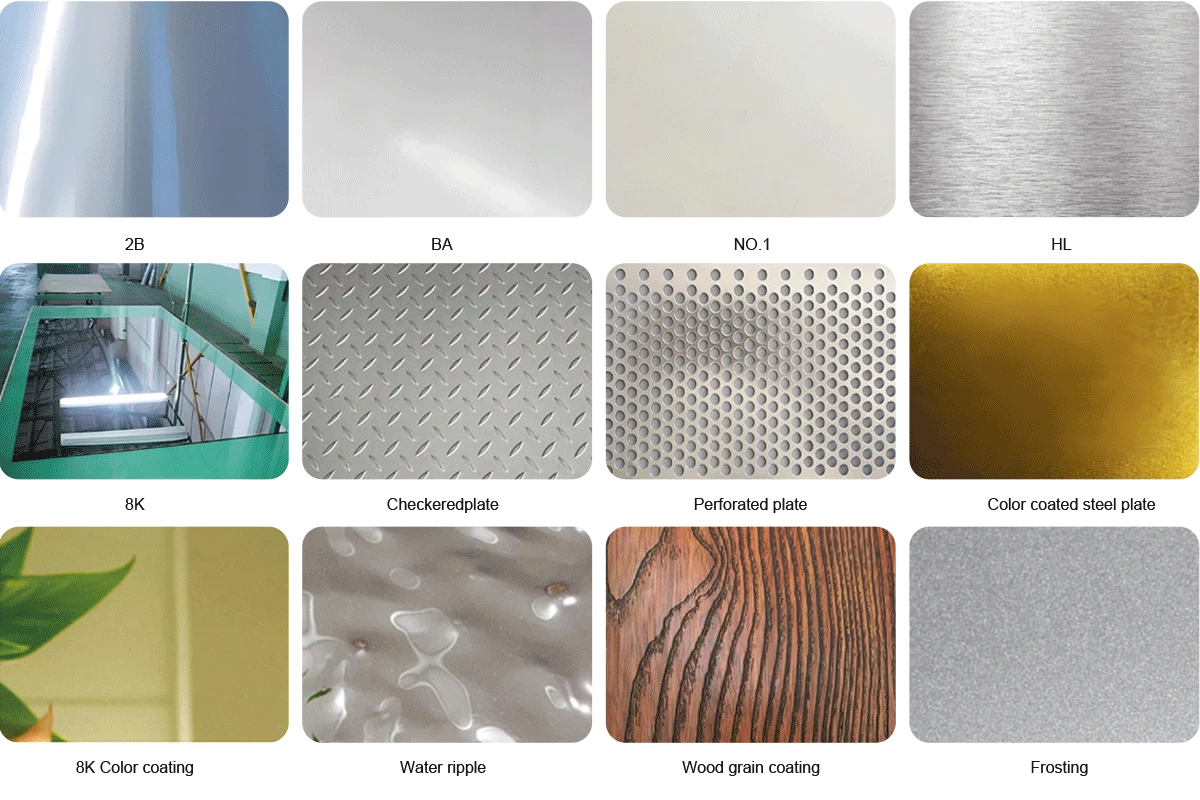
◉ PRODUCTION AND WAREHOUSING
◉ MESSAGE
◉ SIMILAR RECOMMENDED








